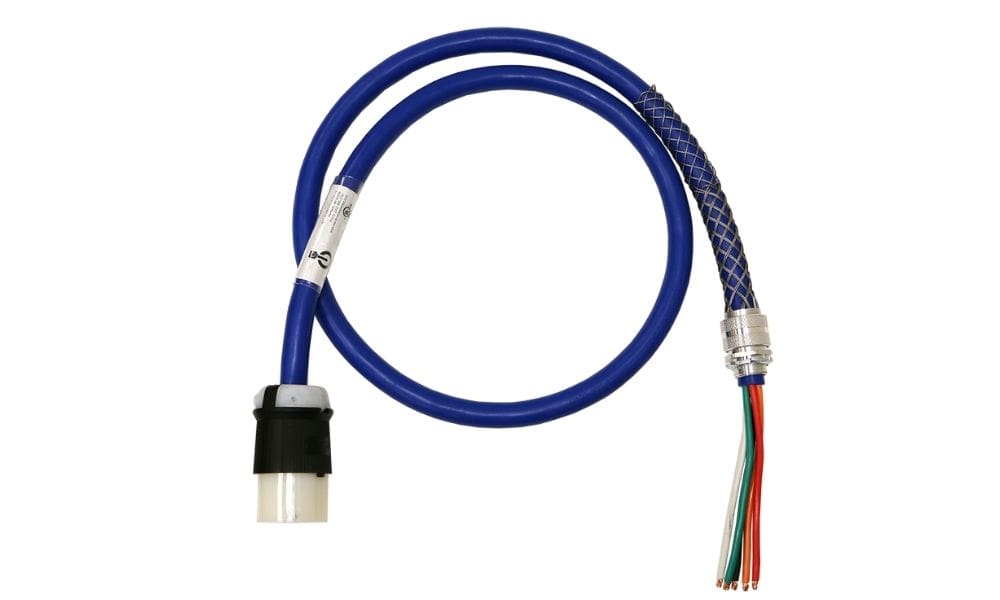
In the wide computing realm of our digital age, electricity is the unheralded hero of modern data centers. Electrical power keeps data centers going—but at what cost to businesses and the environment? The rapidly increasing need for data storage and processing makes managing this power consumption essential. We’re entering an era of enhanced artificial intelligence and the IoT, and future innovations and developments will only require more and more power.
Optimizing energy efficiency is the basis of effective power management in this industry. Take a closer look at the basics of data center energy and power management, and keep in mind what your facility needs to succeed.
The Difference Between Power and Energy
Achieving optimal efficiency in data center management requires distinguishing between power and energy. These two electrical terms are often seen synonymously in concept but are diverse in context.
In layman’s terms, power is the final product between voltage and current. We use power as a term to measure how much energy a circuit uses in a certain period. Objectively, energy is that fluctuating power divided by time. The amount of energy a device uses in a span of time determines its power output. Knowledge of this distinction impacts how technicians handle data center power management. A management team should efficiently operate a data center with power and energy in mind for optimal efficiency. Remember, electrical bills derive from energy consumption, not power consumption.
Power Distribution: Basic Terminology
Keeping basic power terminology in mind is a wise idea to understand the basics of data center energy and power management. Powering up today’s data centers requires hefty electrical servers and critical systems. This electricity is measurable in either watts, amps, volts, or ohms.
Watts are the actual electrical power at hand in a server. Amps are the electrical currents moving through power lines. Voltage is the pressure pushing amps through their pathways, and ohms is the resistance slowing the current. Using these calculated measurements, data center energy management teams can determine the power usage of different systems. Improving a facility’s energy efficiency is then possible through new strategies and best practices.
Design and Infrastructure: Best Efficiency Practices
At the core, energy management is a cost-effective business mindset. The power needs of businesses differ, but efficient data centers always meet current demands with strategic infrastructure. Data center facilities must effectively deploy power to avoid wasting energy and space. A data center’s power design should adequately accommodate lighting, cooling, ventilation, security, and surveillance systems. Investing in advanced software, hardware, and quality equipment is key to keeping costs low and efficiency high. Consider devices for monitoring temperatures and sensors that adjust lighting. These will provide you with the best data center energy efficiency and easy control.
Electrol PowerWhips meet the power and cabling needs of some of the largest companies in the world. Your facility can turn to us for high-quality cable assemblies and power cords, such as an overhead SO power cord. As an ISO9001 company, our practical and flexible cable assemblies and power whips are capable of use in heavy-duty applications. No matter the demands of your data center, we have you covered. Visit our contact page or call us at (262) 966-3741 today for professional help.
